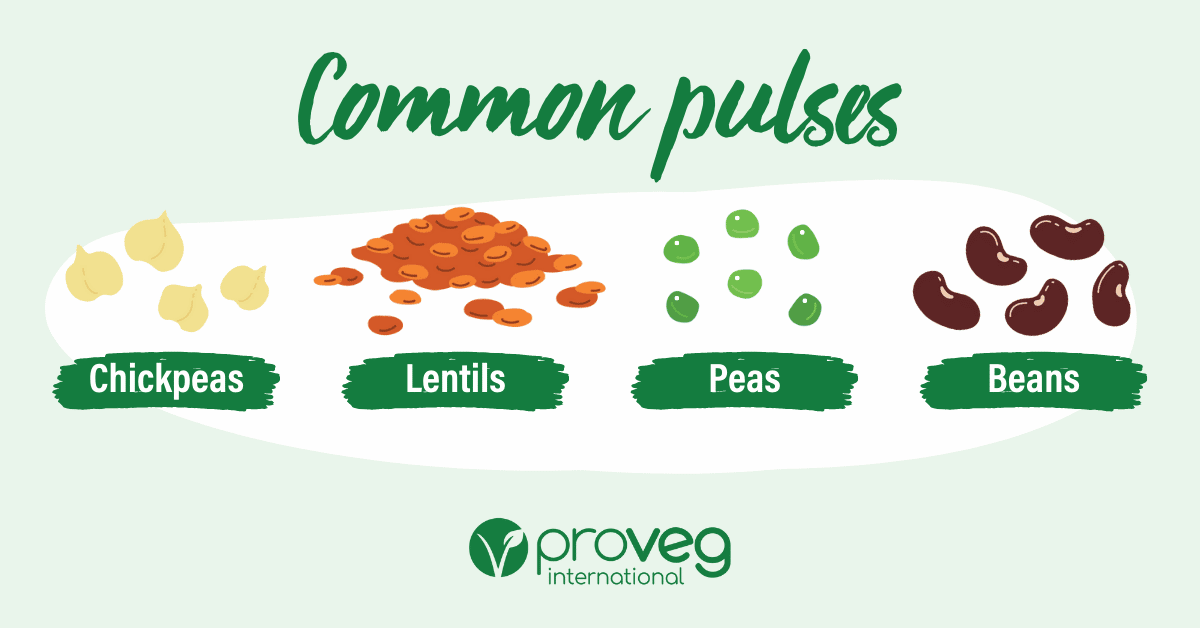Tomorrow is World Pulses Day. Pulses, which include chickpeas, lentils, and beans, as well as soy, peanuts and many others, are some of the most nutritious crops in Mother Nature’s pantry. Pulses are an inexpensive source of protein, vitamins, complex carbohydrates, and fiber, and are also highly beneficial for sustainable agricultural practices. Let’s dive into the wonderful world of pulses on their special day.
What are pulses?
Pulses are the edible seeds of plants in the legume family. A legume refers to any plant from the Fabaceae family, while a pulse is the edible seed from a legume plant (the terms legumes and pulses are sometimes used interchangeably, but they actually have different meanings).1 Common pulses include chickpeas, lentils, peas, and beans.

Legumes and pulses: great for our bodies and the soil
Pulses have been consumed for at least 10,000 years and are a nutritious core staple of most diets around the world. Pulses are an inexpensive source of protein, vitamins, complex carbohydrates, and fiber, as well as a significant source of vitamins and minerals, such as iron, zinc, folate, and magnesium.2 In addition, the phytochemicals, saponins, and tannins in pulses possess antioxidant and anti-carcinogenic effects, indicating that pulses may have significant anti-cancer effects.3
Almost all national dietary guidelines around the world recommend the regular consumption of legumes and pulses.4 These guidelines are governments’ recommendations for the composition of individuals’ diets. They serve as the framework for food, nutrition, health, and agriculture policies, as well as for programs that foster healthy diets and lifestyles.
A Plant-Based Diet and the Positive Effects on Health
Discover new plant-based recipes on our recipe database. Whether you are new to plant-based cooking, or you are looking for new inspiration – we have recipes for everybody.
References
- Harvard (2022) Legumes and Pulses. Available at: https://www.hsph.harvard.edu/nutritionsource/legumes-pulses/ [13.01.2023]
- Mudryj AN, Yu N, Aukema HM. Nutritional and health benefits of pulses. Appl Physiol Nutr Metab. 2014 Nov;39(11):1197-204. doi: 10.1139/apnm-2013-0557. Epub 2014 Jun 13. PMID: 25061763.
- Mudryj AN, Yu N, Aukema HM. Nutritional and health benefits of pulses. Appl Physiol Nutr Metab. 2014 Nov;39(11):1197-204. doi: 10.1139/apnm-2013-0557. Epub 2014 Jun 13. PMID: 25061763.
- Hughes J., Pearson E., Grafenauer S. (2022): Legumes—A Comprehensive Exploration of Global Food-Based Dietary Guidelines and Consumption. Nutrients 14, no. 15: 3080. https://doi.org/10.3390/nu14153080










